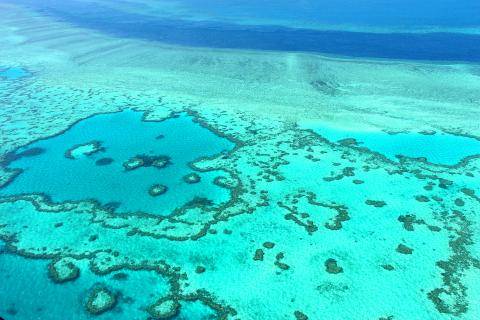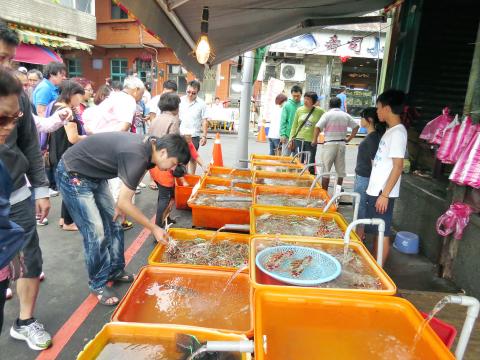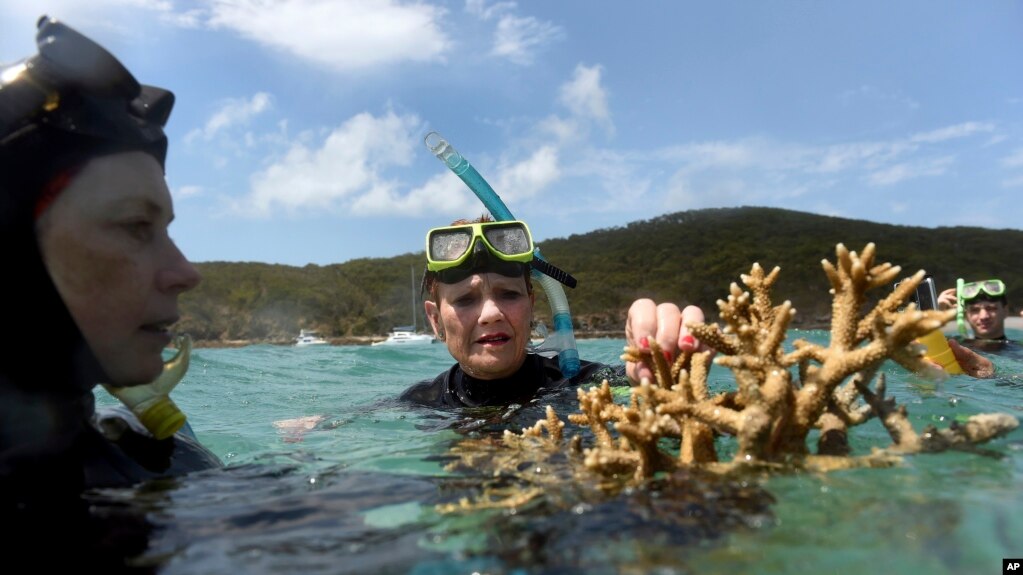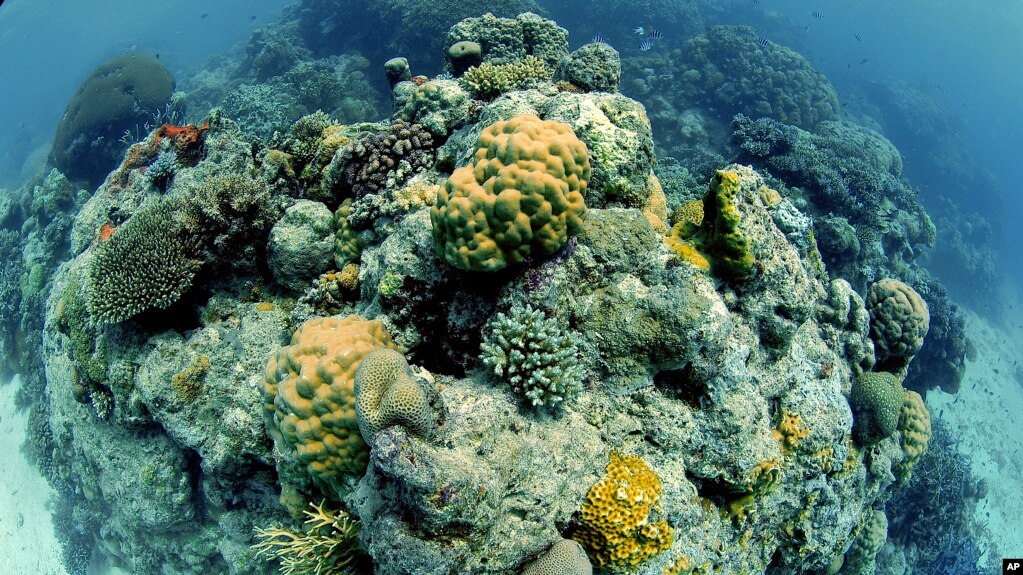by Telegraph Staff @ Furry crabs may be saving Great Barrier Reef - Telegraph

In other words, what the Greenies screamed were destroying our planet may actually save it. Anyone else see the irony in this?
Furry crabs once thought to be damaging the Great Barrier Reef may in fact be helping save the coral by stopping the spread of disease, according to research.

In other words, what the Greenies screamed were destroying our planet may actually save it. Anyone else see the irony in this?









